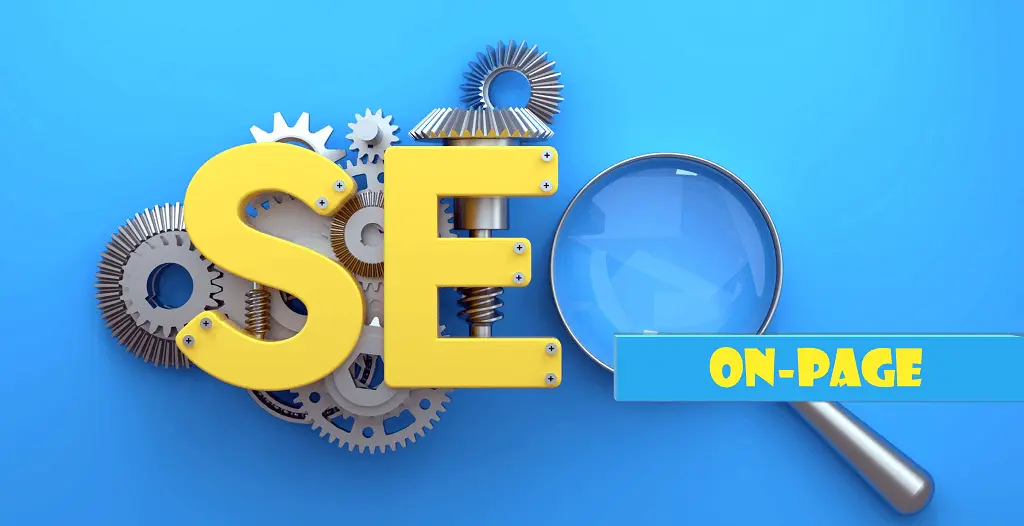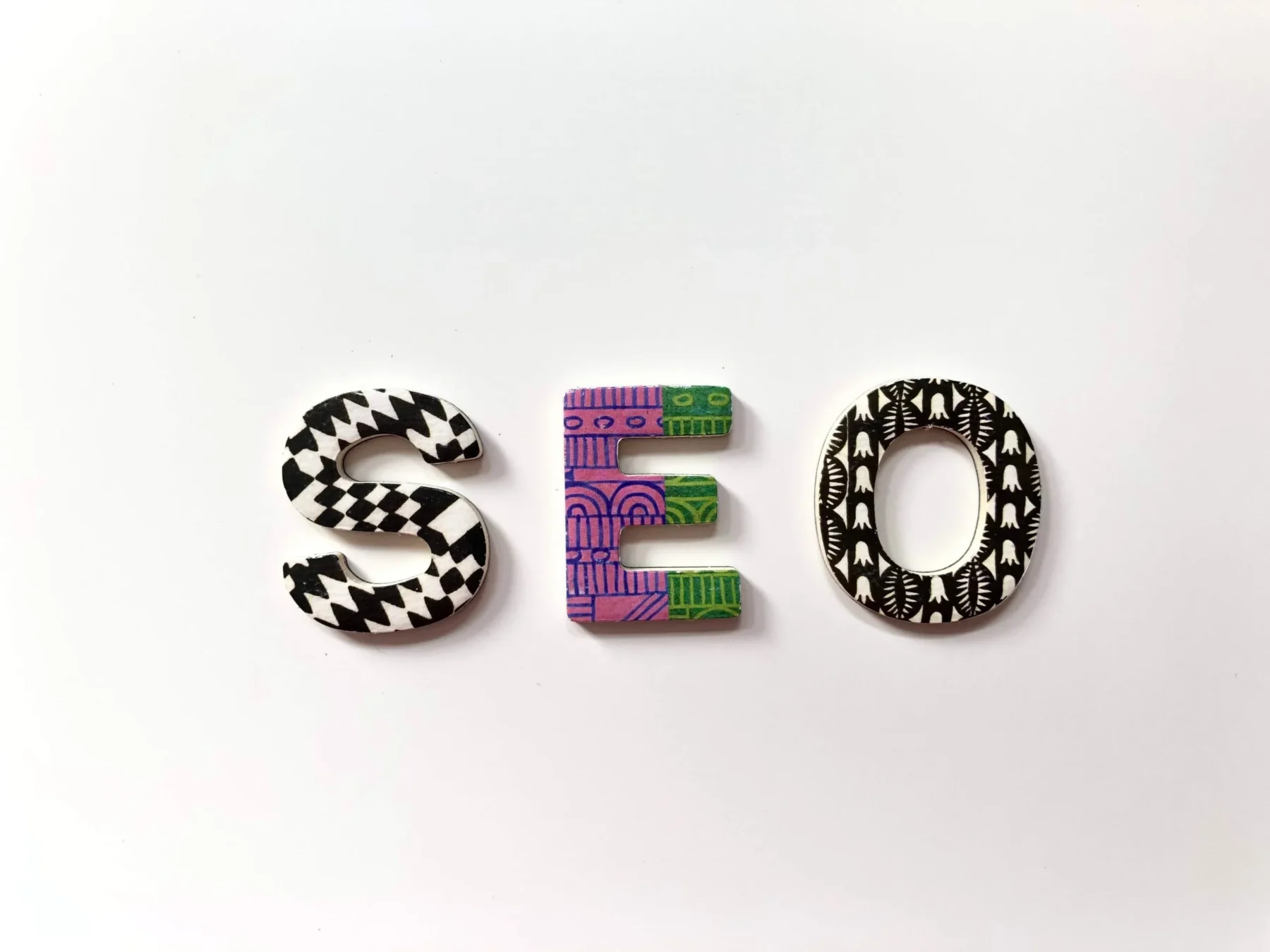What is Web3?
Web3 is the next generation of the internet that aims to revolutionize the way we interact with the digital world. It is a decentralized and user-centric web that puts individuals in control of their data and online identity. Unlike Web2, which relies on centralized platforms and services, Web3 is built on blockchain technology, enabling trust, transparency, and security.
Key Features of Web3
Web3 introduces several key features that differentiate it from its predecessor:
- Decentralization: Web3 eliminates the need for intermediaries by using blockchain technology. This means that no single entity has control over the network, ensuring censorship resistance and data privacy.
- Self-Sovereign Identity: With Web3, individuals have complete control over their digital identity. They can choose what information to share and with whom, reducing the risk of data breaches and identity theft.
- Smart Contracts: Web3 enables the execution of self-executing contracts, known as smart contracts. These contracts are automatically enforced based on predefined rules, eliminating the need for intermediaries.
Web3 also introduces a new economic model based on cryptocurrencies and tokenization. It enables peer-to-peer transactions and incentivizes users to contribute to the network through mining or staking.
The Benefits of Web3
Web3 offers several benefits over traditional web platforms:
- Privacy and Security: With Web3, users have greater control over their data and can ensure its privacy and security. They can choose to store their data locally or on decentralized platforms, reducing the risk of data breaches and unauthorized access.
- Censorship Resistance: Web3 eliminates the risk of censorship by removing centralized intermediaries. This ensures that information and content cannot be controlled or manipulated by a single entity or government.
- Ownership of Digital Assets: Web3 enables individuals to truly own their digital assets, such as cryptocurrencies, digital art, and virtual real estate. These assets can be securely stored on blockchain networks and traded without the need for intermediaries.
The Future of Web3
Web3 is still in its early stages, but it holds immense potential to transform the internet as we know it. It has the power to democratize access to information, empower individuals, and create a more equitable and inclusive digital economy.
As Web3 continues to evolve, we can expect to see new decentralized applications (dApps), improved scalability and interoperability, and increased adoption of blockchain technology across various industries.
Conclusion
Web3 represents a paradigm shift in how we interact with the digital world. It offers a decentralized and user-centric web that prioritizes privacy, security, and ownership of data. With its innovative features and potential for disruption, Web3 is set to shape the future of the internet.



